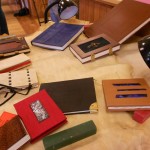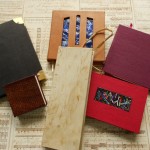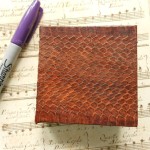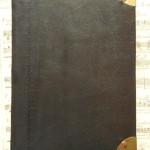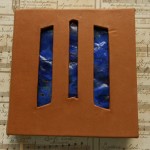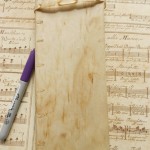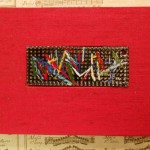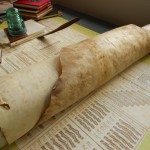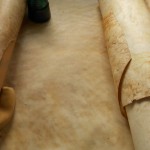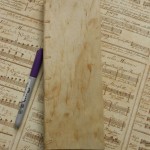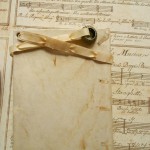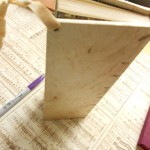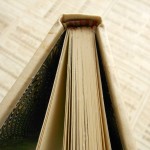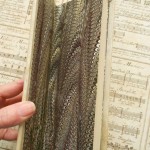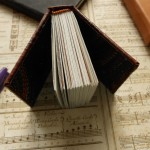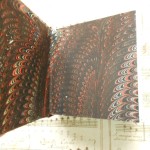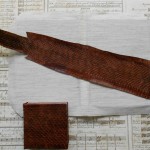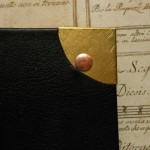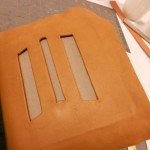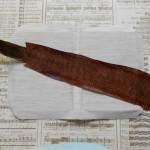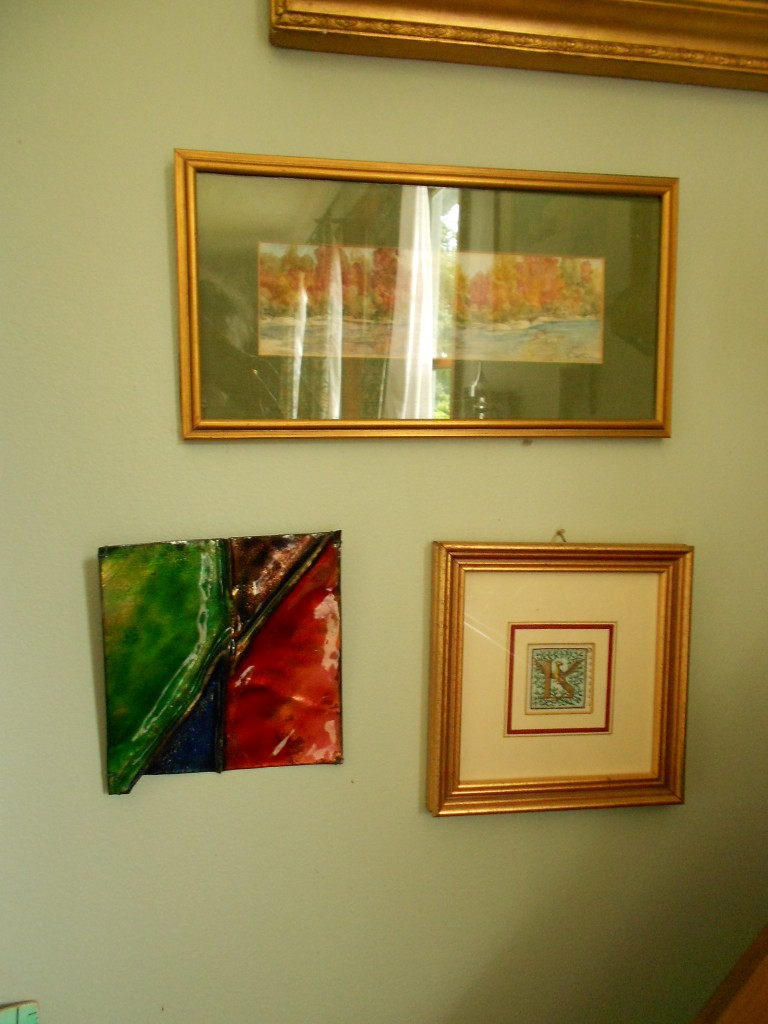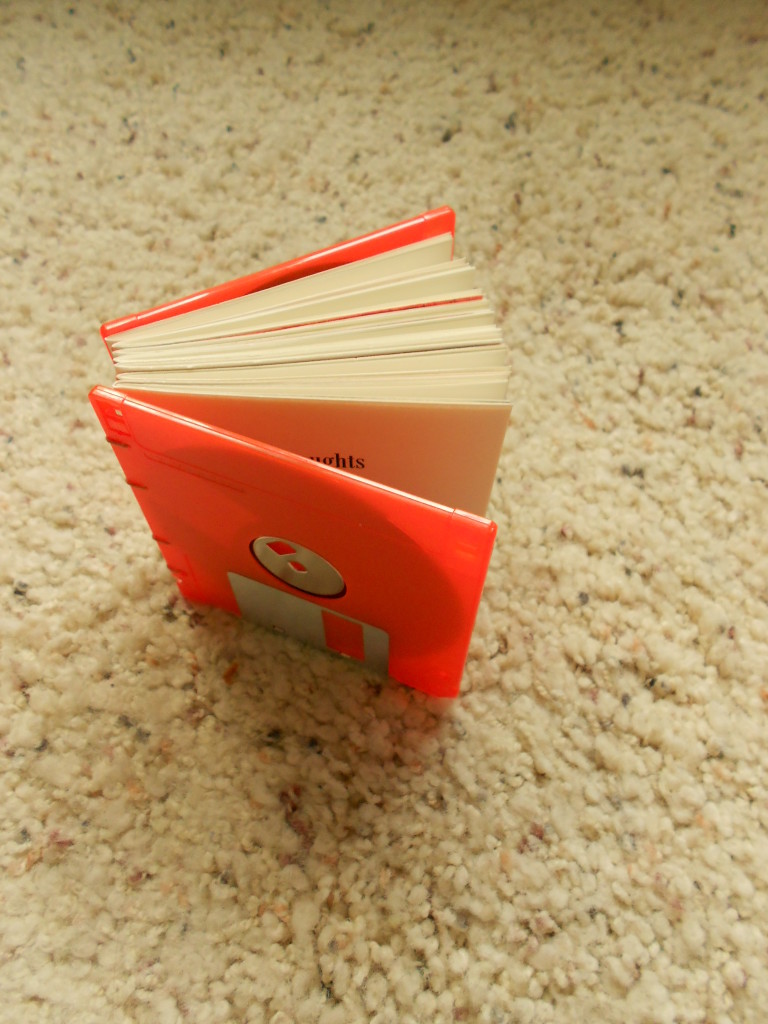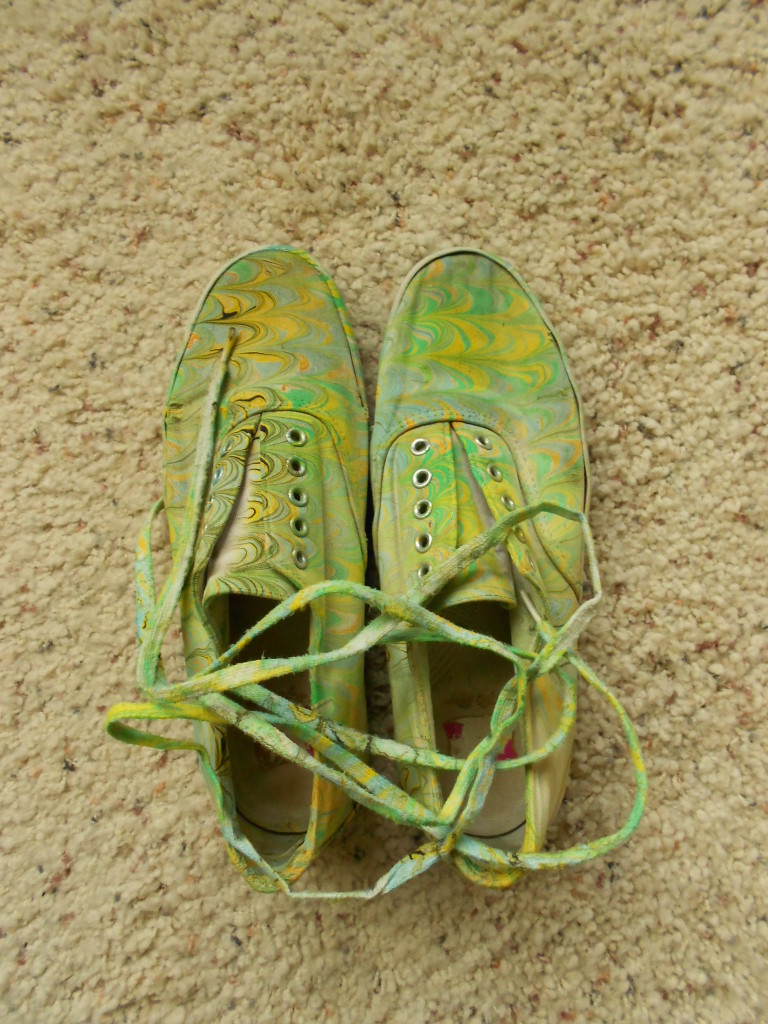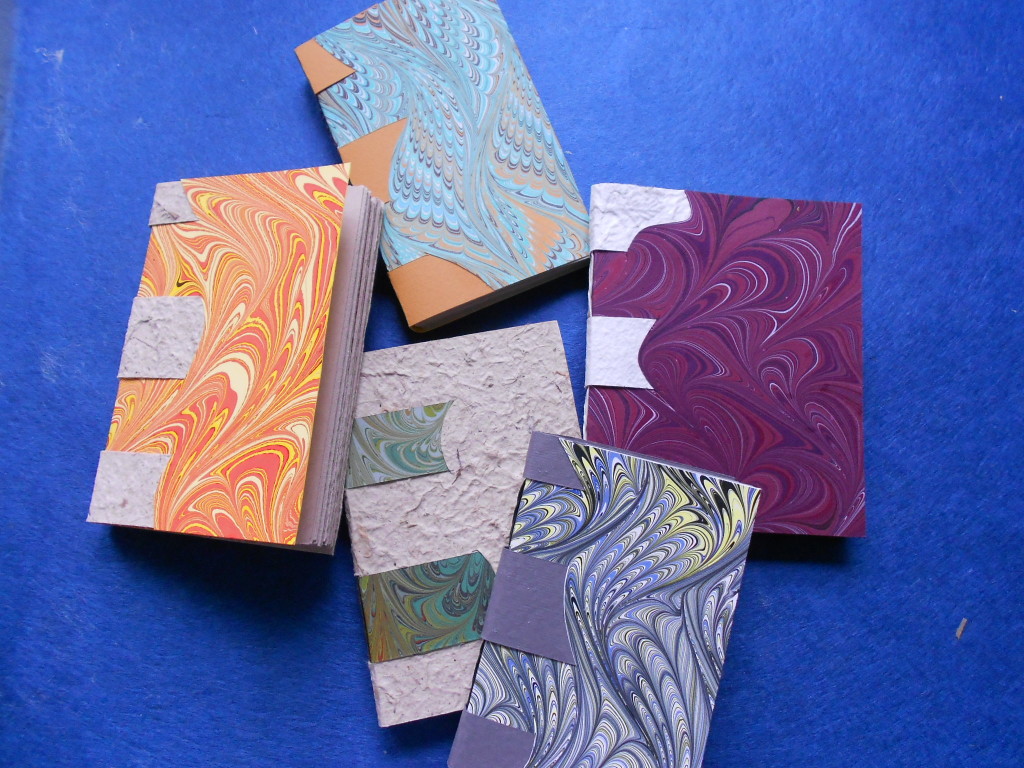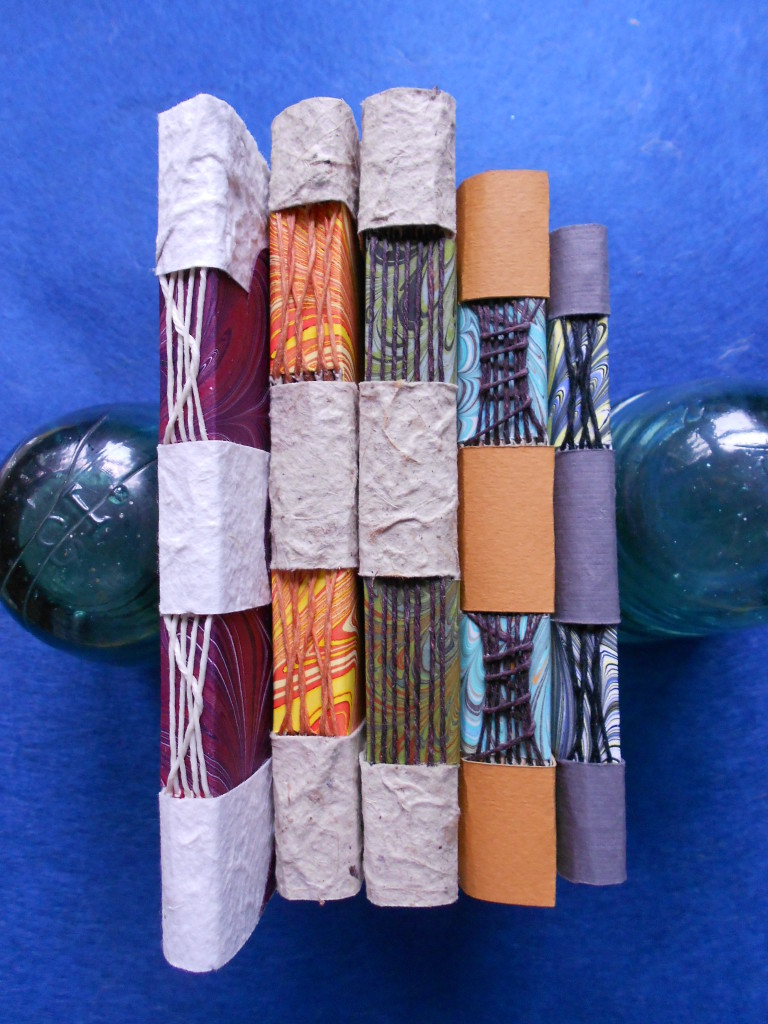I haven’t posted in a while, but I have been moving forward on several fronts. In fact, I seem to have too many half-finished projects so thought I’d give you a glimpse of some of them. Ever since Labor Day, I’ve been trying to set up a marbling session, but something always seems to interfere. I think it’s called Life. To marble, I really have to have at least three days clear when I can concentrate just on that – four or five is even better – and it’s just not happening.
So on to what has been happening! About a month ago, I wrote about some books I was starting using some of Sam’s metal. Those books are not all finished, but progress has been made.
Metal books, memo pads and more.
- Pages & endpapers
- Brass book cover
- Brass book cover, inside
- Finished Brass book
- Brass book box
- Brass book box, inside tray
- Brass book box, both trays
- Brass book box
- Brass book box, outside
- Brass book box, inside
- Brass book box, outside
- Book and Box
- Book and Box
- Book and Box
This is the book and matching box I made for the brass pieces. The brass had originally meant to be covers for a very small book, but I wanted to show them off more than that so I made this elegant book and box set. I’m really pleased with how they turned out and can’t wait to put them in the Christmas Exhibit at our local gallery.
- Book before sewing
- Finished book with aluminum covers
- Endpapers
- Spine
I’m not as happy with the Coptic book. Love the covers, but I have never been a fan of Coptic binding. It is not very stable and doesn’t wear well. I’m especially concerned that the metal will eventually cut through the binding cord. If I do any more of these, I’ll have to find a way to put padding between the sewing cord and the metal, perhaps with a grommet.
While finishing the first two books, I started working on two other metal covers, but these are sewn over leather thongs.
- Sewing over leather thong
- Sewing over leather thong
- Textblock, copper covers, leather spine and endpapers
- Lacing onto covers
- Textblock, aluminum covers, leather spine and endpapers
I haven’t finished these as I’m not sure about how I’m going to attach the spines. I don’t want an open spine, so I’ll have to attach the leather spine to the metal covers. Right now, I’m planning on a hollow spine with the thongs laced through the leather spine into the metal covers and using an adhesive to adhere the leather to the covers. I still have to shape and pare the leather before I attach it. Not sure how well it will work, but it’s fun trying!
Last was the book I am making from the leftover paper from the metal books. It’s only 3″ high and isn’t finished yet. I was going to call it “Mousings”, but thought that might be a bit cutesy.
Next projects:
- Cherry bookcloth, copper and marbled paper
- Stainless steel and paste paper
No idea what these will turn into, but I love these combinations!


















































































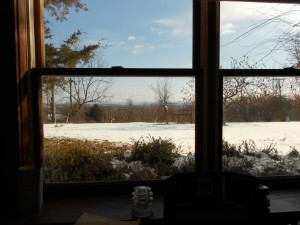






















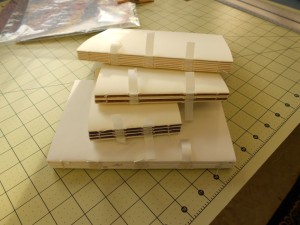 Next I tipped in the endpapers and trimmed them to size. An extra 1/4″ is left along the inside fore edge of both endpapers. This is folded under and glued to the first and last pages of the textblock.
Next I tipped in the endpapers and trimmed them to size. An extra 1/4″ is left along the inside fore edge of both endpapers. This is folded under and glued to the first and last pages of the textblock.












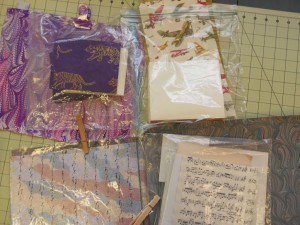
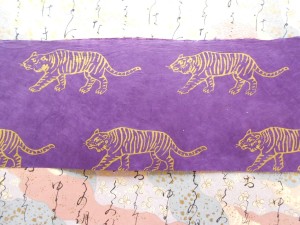 It’s a long, narrow piece and I was thinking about making a very small book with just one or two tigers on the cover. As soon as I started to think about size, I realized it would never work. Even a small book needs at least 1/2 inch turn-in on both top and bottom. This is what the cover would look like after a normal 3/4 inch turn-in.
It’s a long, narrow piece and I was thinking about making a very small book with just one or two tigers on the cover. As soon as I started to think about size, I realized it would never work. Even a small book needs at least 1/2 inch turn-in on both top and bottom. This is what the cover would look like after a normal 3/4 inch turn-in. 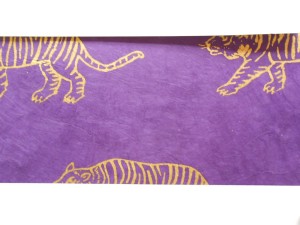 Not really what I wanted. I can use it for endpapers, so I revamped my thinking and started looking for paper to use as covers. I found a piece of my marbled paper that goes quite well with the purple, so even though it’s not at all what I’d planned, I’m happy with the combination.
Not really what I wanted. I can use it for endpapers, so I revamped my thinking and started looking for paper to use as covers. I found a piece of my marbled paper that goes quite well with the purple, so even though it’s not at all what I’d planned, I’m happy with the combination.












